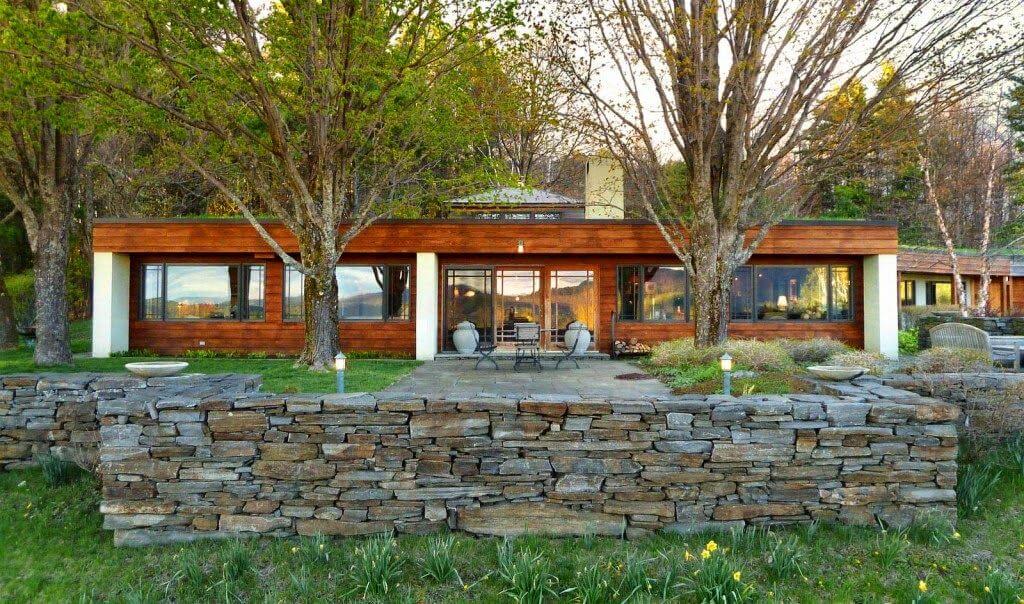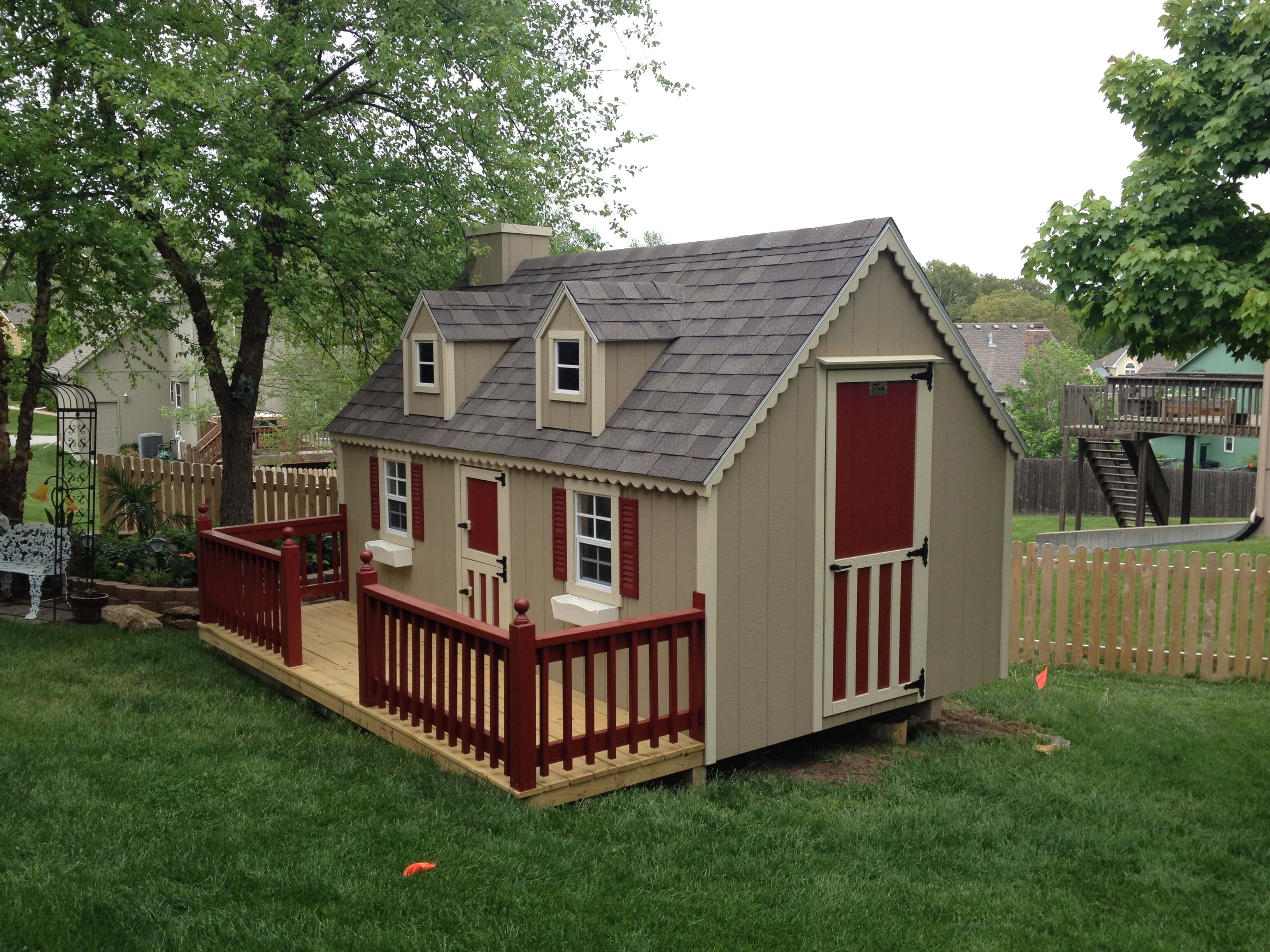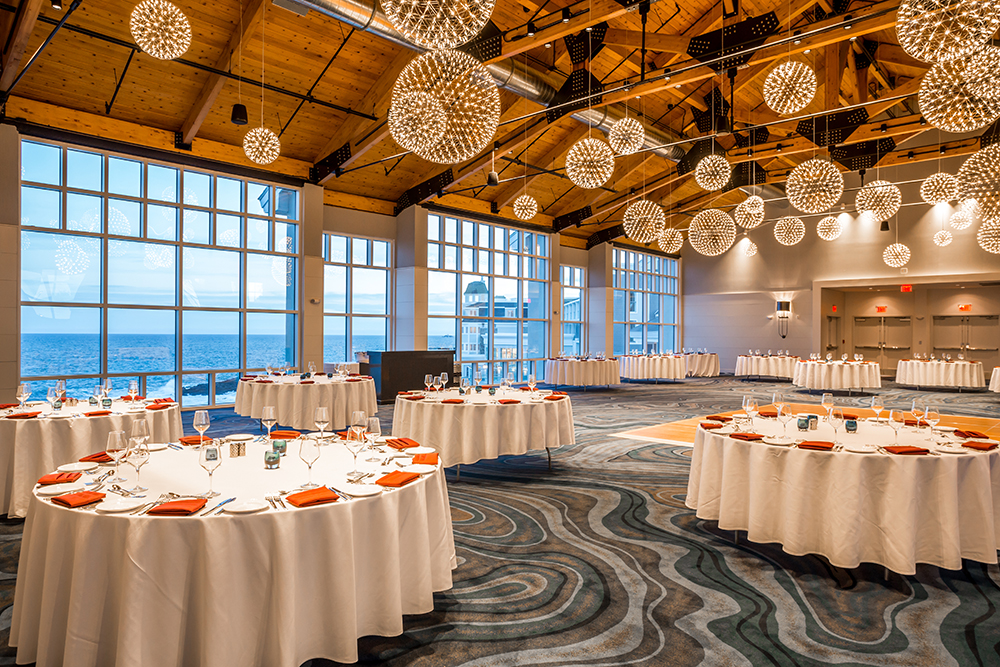Table of Content
Through the covers added on their sides and upper part, they maintain the earth cover thereon. These covers provide the earth covering possibility that is appropriate for multiple terrain types under favor of different folding options. They are folded during the transport of M.E.S.S. and become appropriate for the standard container transport mode when their upper body parts are dismantled.

Learn how to buy the right ATV or UTV for your rural land with these simple tips from a 20+ year industry expert. This article shares the best online and offline resources to help you find your dream property. For added energy savings, consider insulated window treatments. In the winter, you can use a heater, wood stove or propane stove so long as you have a place to bring in fresh air. Then there is the issue of the fiber-reinforced plastic panels, made in a manner similar to a modern fiberglass boat.
Australian Earth Shelter
Liquid polyurethanes are often used in places where it is awkward to apply a membrane, and are sometimes used as a coating over insulation on underground structures. Note that weather conditions must be dry and relatively warm during their application. There are two basic types of earth-sheltered house designs—underground and bermed. These energy-efficient homes really start looking like hobbit homes when you throw in the environmental factor. After construction, layers of dirt and vegetation are thrown on top. Those living in the home can even grow their own food because of this cool feature.
These green homes are engineered to support in excess of nine feet of earth, allowing for more of the earth’s temperature moderating effect and creating greater energy savings and family safety. Engineered weight calculations are 50,000 pounds per square foot, so they’re capable of incorporating a parking area or garage on top of the home. Subterranean homes give you a steady all-year round temperature. These types of 'underground' homes feature excellent cooling and heating efficiencies and ample yard space. Unique architecture is another feature of these types of homes. Nearly disaster proof, subterranean homes offer comfort and safety that you can find in an easy-to-install kit for your convenience.
Building With A Grass Roof
The dome that is built with the house lets it withstand all the pressures that the earth produces around it. Rectangular homes have a harder time withstanding this kind of weight unless they have numerous support beams. Also called 'earth shelter' or 'solar' homes, subterranean homes have been talked about since the seventies for their ability to conserve energy. The production cost of these homes' architecture and well-engineered plans have been very highly priced, historically. As the interior is finished, the exterior slope is created with a mortar core using our proprietary system.

Plans for a home built with tires full of packed dirt, called a roundhouse. Photo found at FormworksEarth-sheltered home with a conventional facade by Formworks Building. Dragonfly Hill, an earth-sheltered home near Newport, Oregon, is readied for its earth covering.
The Best Books About Earth Sheltered Homes
These pieces have an assembly feature for different wing options. Do you aspire to live a green or zero-waste life, but just don’t know where to begin? Green Livingis here to guide you to an eco-friendly lifestyle through approachable, easy-to-implement strategies. Costs, minimal maintenance, and superior durability to name a few) for some time now. Even for someone with average construction skills, the panels of America Solartron Corporation's prefabricated plywood house are easy to assemble. Note the drainage system set outside the perimeter of the foundation.

Underground structures can be prone to flooding if snowfall is not considered in the design. Terra-Dome homes are superior to wood framed buildings and other concrete structures by providing many advantages. According to their FAQ, there can be 8 inches of soil on the top, and they are designed to handle about 44 pounds per square foot of live load on top of that.
Efficient Earth-Sheltered Homes
The floor plan is arranged so common areas and bedrooms share light and heat from the southern exposure. This can be the least expensive and simplest way to build an earth-sheltered structure. Strategically placed skylights can ensure adequate ventilation and daylight in the northern portions of the house.
Subterranean home kits normally come with materials, directions and plans. There are other kits that let you purchase all the separate materials yourself and build the house according to specific instructions. If you can afford to live 'on site' as you build your home, you will be able to enjoy building your home at a fraction of the cost of normal subterranean home construction built by a contractor and crew. Subterranean homes sometimes give the misconception of being as dimly lit and damp as caves. People have the notion that underground-dwelling places are automatically dirty, dark and unsafe. Although it is true that the underground dome homes are modeled according to the architecture of igloos, the interior of these homes are as attractive and as modern as regular homes.
Here is a tour of an 1,900 square foot earth-sheltered home built by architect Alan Shope. The 54 F degree temperature of the earth acts as a “blanket” around the house, he says. That’s instead of bringing up the inside temperature 68 degrees if your home is above ground and the outside wind chill is 0. Adequate ventilation must be carefully planned in an earth-sheltered house. Combustion appliances should be sealed combustion units that have a direct source of outside air for combustion and vent combustion gases directly to the outside. In addition, avoiding indoor pollutants such as formaldehyde from foam insulation, plywood, and some fabrics can help keep indoor air healthy.
There’s a lot of established methods for waterproofing the roof and safely separating the soil and root systems, but like any roof system, they can fail if done incorrectly or due to other factors. Often it’s done with one or more layers of heavy mil pond liners. Photo found at FormworksThe facade by Formworks may accommodate any architectural styling of the home owners choosing. Here the structure is a bolted together skeletal steel system which is then sprayed with pressurized concrete, same process as a gunite swimming pool.
Kaplan Thompson Architectsdid an amazing job with the structure of this building. They used their experience with building “net-zero” homes to create this eco-friendly home. This earth-sheltered house, which’s almost more of an underground house, is located in the wilds of the Outer Hebrides. Everything about the building is recycled—including the paving stone, which was the floor of old jail cells. The window faces south, so that it warms the two-foot-thick concrete floor. Even on a cold day, the floor stays warm from being heated by the sun.

These homes are typically built with the main living spaces facing an atrium or courtyard to provide light, air flow, solar gain, block noise and give a more open feel. Calling FRP shells green is a matter for debate; there is a lot of plastic in this, and the green consensus is that we should be trying to eliminate plastic from our buildings. And it certainly isn't magic, but the Green Magic Home is certainly an interesting, quick and more affordable way of doing an earth sheltered home. However the usual alternative material in earth sheltered housing is usually reinforced concrete, which is then needs expensive plastic waterproofing, bigger foundations and a lot more material. Hello JJM, I live in an underground home that was built into the Ouachita River bluff here in the Ouachita National Forest in Arkansas. I do have moisture issues at times, but run fans and dehumidifier to keep moisture at bay.
The type of soil at your site is another critical consideration. Granular soils such as sand and gravel are best for earth sheltering. These soils compact well for bearing the weight of the construction materials and are very permeable, allowing water to drain quickly. The poorest soils are cohesive, like clay, which may expand when wet and has poor permeability. Studies show that earth-sheltered houses are more cost-effective in climates that have significant temperature extremes and low humidity, such as the Rocky Mountains and northern Great Plains. Earth temperatures vary much less than air temperatures in these areas, which means the earth can absorb extra heat from the house in hot weather or insulate the house to maintain warmth in cold weather.












